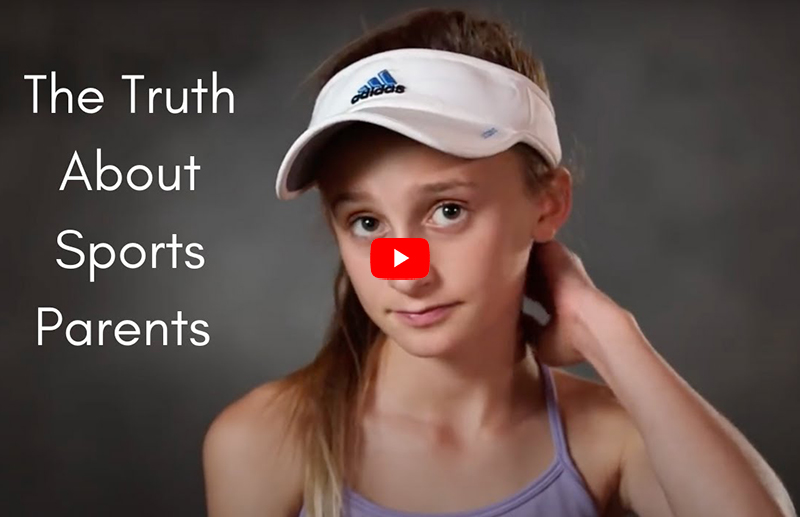
The U.S. Soccer Federation avoided a class-action lawsuit this week by making a massive rule change to the youth game. In an effort to reduce concussions, headers will now be illegal for players aged 10 and younger and kids aged 11 to 13 will be limited in the number of headers they can perform during practices.
The reaction in the soccer world to the news has been strong. Not everyone agrees with the change including former college and pro player, Lauren Reilly, who wonders if the new rule will actually make things worse, not better.
(By Lauren Reilly)
Head injuries are horrible. Trust me, I know. I have suffered a few concussions in my soccer playing career, and had a serious one (that included plastic surgery on my face) that prematurely ended my college soccer career. So believe me, this opinion is a personal one that I have thought a lot about in recent years. With that being said, here are my honest thoughts regarding U.S. Soccer’s decision on prohibiting youth players from heading balls in practices and games.
Soccer is inherently a contact sport. It always has been and it always should be. Soccer is an incredibly dynamic and athletically demanding sport, and it requires players to run, jump, accelerate, decelerate, change direction, balance, absorb contact, produce power…and have the ability to perform all of these athletic movements (among many others) over a prolonged period of time.
Winning balls in the air with your head is a learned skill, and one that (when done correctly and efficiently) can change the course of any soccer game. Don’t believe me? Take a look at Abby Wambach’s illustrious career. Of the head injuries I have had, not one of them was ever caused by simply jumping up and redirecting a ball with my head. A soccer ball has given me several bloody noses, but never a head injury. The head injuries were caused by other players running, jumping, or falling into me, or me hitting my head on the ground after mistiming my jump or being unable to absorb contact in the air and landing off-balance. And while of course there are freak accidents and some exceptions, I find that this is the case for a large majority of head injuries in soccer: It’s not heading balls that is the primary culprit, it’s players’ lack of situational/spatial awareness, technical knowledge, and/or level of athleticism required to perform certain skills (like heading) or movements (like jumping and landing) while playing a fast, variable, contact sport.
With that being said, I understand U.S. Soccer’s concern to limit the exposure of kids putting their heads in “dangerous situations,” but I caution players, coaches, trainers, and parents to not let this new rule replace the extremely important need to train youth players in the proper mechanics needed to safely and effectively win balls with their head on the field. If these players stay involved in the sport as they get older, they will need to be able to execute the prerequisite athletic movements and techniques required to head balls in a variety of different situations and conditions on the field. These techniques include:
1) How to properly jump and land (both bilaterally and unilaterally).
2) Proper body coordination/control and core stability that is involved in these jumps and landings.
3) How to judge their angles of approach and timing of their jumps.
4) Proper skill mechanics of striking a ball with different parts of their head.
5) (Perhaps most importantly)– Effective proprioception abilities and situational awareness of when, where, and how to head the ball depending on the conditions of the situation (i.e. where a player is on the field, who is around them, etc).
I will leave it at this:
Even though youth players may not be heading balls in games or practices anymore, they should still be learning and practicing the techniques involved in heading balls in a variety of situations on the field as to prepare their minds and bodies (think: muscle memory) for how to properly execute this skill when necessary (and limit their risk of injury while doing so) as they get older. It is on us as coaches, trainers, and parents to prepare athletes for what is to come, not to allow them to settle for what is and then hope for the best. As my friend and fellow Sports Performance Coach, John Garrish Jr. recently reminded me: “When chaos ensues, an athlete will resort to what he/she knows best, not what he/she knows IS best.” In terms of teaching youth soccer players how to increase their levels of athleticism and awareness on the field as to improve performance and reduce their risk of horrible injuries like concussions, our work is far from over. And this rule won’t change that.











